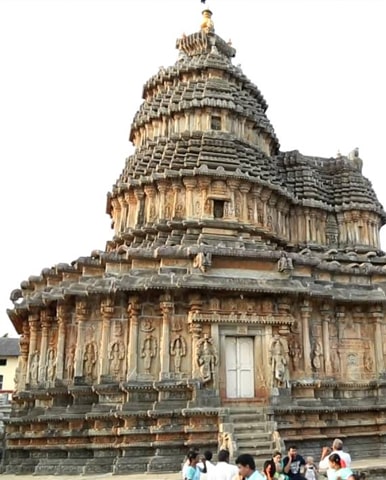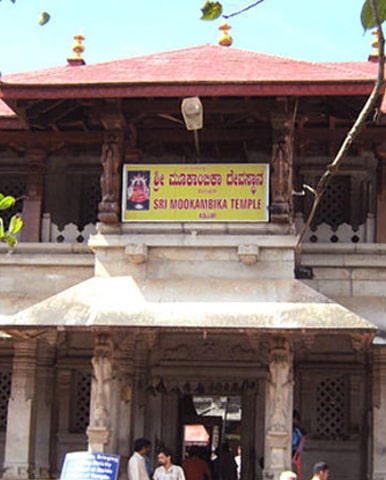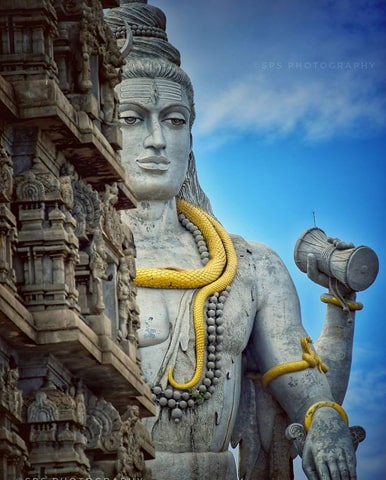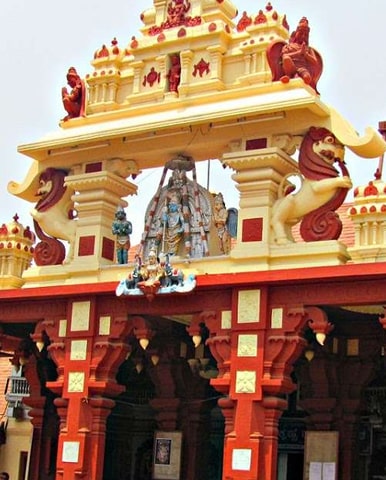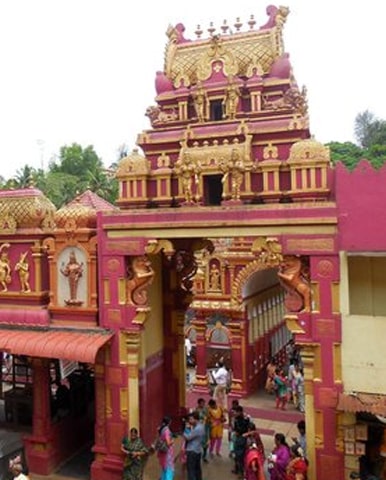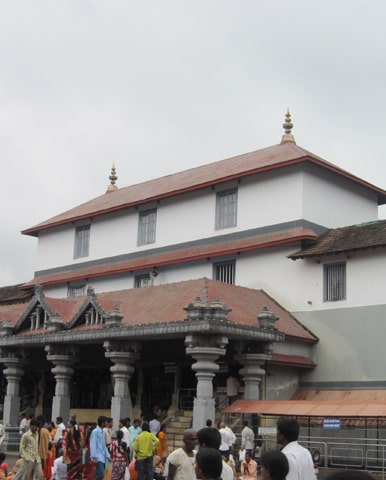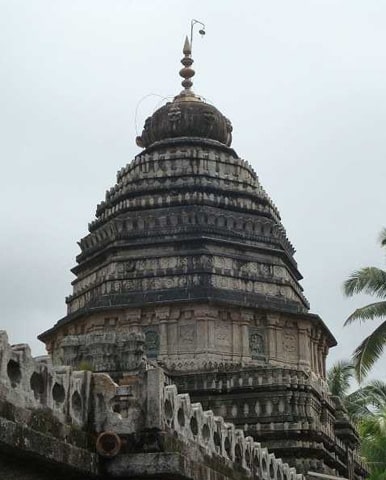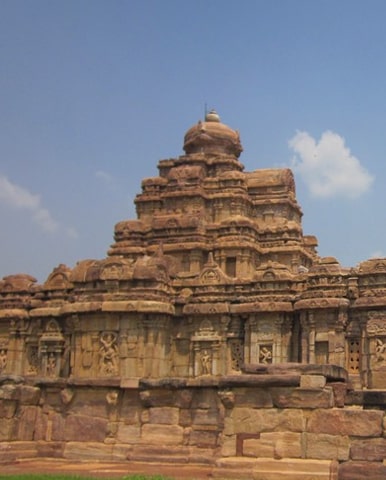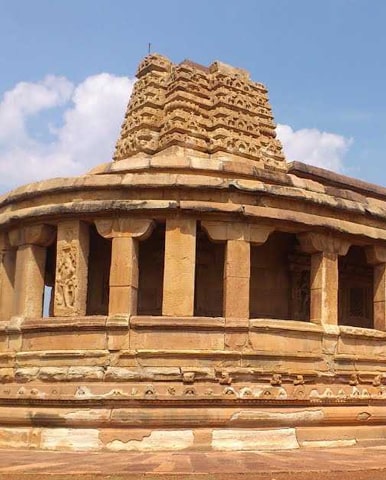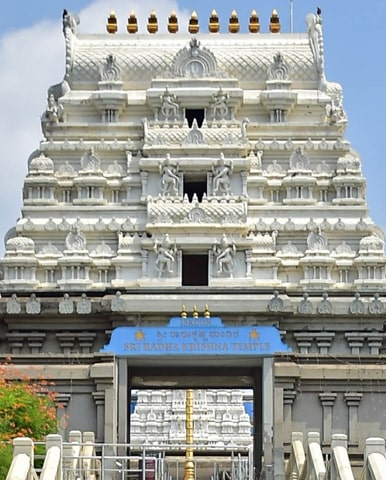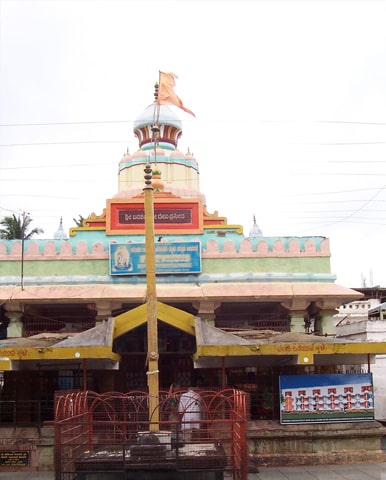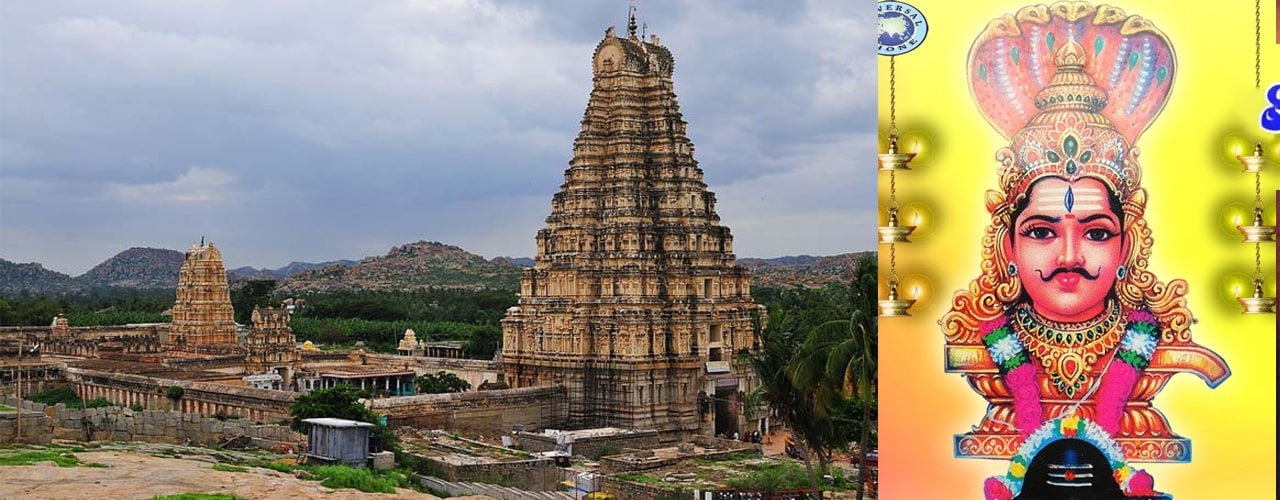
Sree Virupaksha Temple, Hampi
Virupaksha Temple is placed in Hampi inside the Vijayanagara district of Karnataka, India. It isn’t part of the organization of Monuments at Hampi, specified as a UNESCO world background website online. The temple is devoted to Lord Virupaksha, a shape of Shiva. The temple turned into built by way of Lakkan Dandesha, a nayaka (chieftain) beneath the ruler Deva Raya II also referred to as Prauda Deva Raya of the Vijayanagara Empire. Hampi, capital of the Vijayanagara empire, sits at the banks of the Tungabhadra River. Virupaksha Temple is the main middle of pilgrimage at Hampi, and had been considered the most sacred sanctuary over the centuries. It’s miles intact the various surrounding ruins and is still utilized in worship . The temple is dedicated to Lord Shiva, known here as Virupaksha, as the consort of the nearby goddess Pampadevi who’s related to the Tungabhadra River. There is additionally a Virupakshini Amma temple (mom goddess) in a village called Nalagamapalle, Chittoor district, Andhra Pradesh, about 100 km from Tirupati.
The temple’s records is uninterrupted from about the 7th century. The Virupaksha-Pampa sanctuary existed nicely before the Vijayanagara capital become positioned right here. Inscriptions referring to Shiva date returned to the ninth and tenth centuries.What started out as a small shrine grew into a massive complicated under the Vijayanagara rulers. Proof indicates there have been additions made to the temple within the past due Chalukyan and Hoysala intervals, although most of the temple homes are attributed to the Vijayanagar duration. The large temple constructing was constructed by Lakkana Dandesha, a chieftain underneath the ruler Deva Raya II of the Vijayanagara Empire. Underneath the Vijayanagara rulers, in the middle of the 14th century, there commenced a flowering of local artwork and subculture. When the rulers have been defeated through Muslim invaders within the 16th century, maximum of the remarkable decorative structures and creations had been systematically destroyed. The non secular sect of Virupaksha-Pampa did not give up with the destruction of the metropolis in 1565. Worship there has persisted during the years. At the beginning of the nineteenth century there have been principal renovations and additions, which blanketed ceiling artwork and the towers of the north and east gopura.
At gift, the primary temple consists of a sanctum, 3 ante chambers, a pillared hall and an open pillared corridor. It’s miles adorned with delicately carved pillars. A pillared cloister, entrance gateways, courtyards, smaller shrines and different systems surround the temple. The nine-tiered eastern gateway, that is the largest at 50 meters, is properly-proportioned and carries some earlier systems. It has a brick superstructure and a stone base. It gives access to the outer court containing many sub-shrines. The smaller eastern gateway leads to the inner court docket with its numerous smaller shrines. Some other gopuram in the direction of north called the Kanakagiri gopura, ends in a small enclosure with subsidiary shrines and ultimately to the river Tungabhadra. A narrow channel of the Tungabhadra River flows along the temple’s terrace and then descends to the temple-kitchen and out through the outer courtroom. One of the most putting capabilities of this temple is the usage of mathematical standards to build and decorate it. The temple has repeated styles that reveal the concept of Fractals. The primary shape of the temple is triangular. As you appearance up the temple top, the patterns divide and repeat themselves, much like you’ll see in a snowflake or a few other natural wonders.
Krishnadevaraya, one of the well-known kings of the Vijayanagara Empire was a primary consumer of this temple. The maximum ornate of all systems inside the temple, the valuable pillared hall is assumed to be his addition to this temple. So is the gateway tower giving access to the internal courtyard of the temple. Inscriptions on a stone plaque installed subsequent to the pillared hall provide an explanation for his contribution to the temple. It is recorded that Krishna Devaraya commissioned this corridor in 1510 advert to mark his accession. He also built the japanese gopuram. These additions meant that the primary shrine got here to occupy a highly small a part of the complicated. The halls inside the temple were used for a diffusion of purposes. A few had been areas wherein the pix of gods were positioned to witness special programmes of track, dance, drama, etc. Others were used to have fun the marriages of deities. The temple has attracted grievance from vacationers for its treatment of resident elephant, Lakshmi, who lives in the back of the temple in a narrow alleyway.
Share This Post:
How to reach
- By Road: Tourists can go to Hampi by bus from places like Bellary, Hospet, and Bangalore. Volvo and AC buses are available for the passengers. Travelers can avail cabs as well.
- By Train: The nearest railway station is Hospet at about 13 km away. Hospet is amply connected to the major cities like Bellary and Bangalore. Tourists usually hire a cab from Hospet to reach Hampi. The distance from Bangalore to Hampi is a distance of 288km.
- By Air: The closest international airport from Hampi is Bellary, 350 kms away. Tourists can take a cab from Bellary to Hampi
Related Temples
How to reach
- Nearest airport is Bellary
- Nearest railway station is Hospet
- Nearest bus stations are Bellary and Hospet

